Filter by

Migration in the Age of Genocide
This book presents a novel proposal for establishing justice and social harmony in the aftermath of genocide. It argues that justice should be determined by the victims of genocide rather than a detached legal system, since such a form of justice is more consistent with a socially grounded ethics, with a democracy that privileges citizen decision-making, and with human rights. The book cover…
- Edition
- 1
- ISBN/ISSN
- 978-3-319-21848-9
- Collation
- XIV, 216
- Series Title
- Migration, Minorities and Modernity
- Call Number
- -
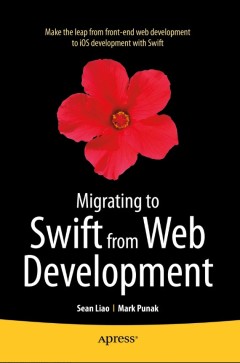
Migrating to Swift from Web Development
Migrating to Swift From Web Development gives you the ability to create native iOS apps using the latest Swift programming language. Starting with preparing your latest Xcode 6 Integrated Development Environment and introducing just enough iOS application framework fundamentals, you'll understand how to create a simple but meaningful Hello Swift application for iOS 8 immediately. After the sho…
- Edition
- 1
- ISBN/ISSN
- 978-1-4842-0932-5
- Collation
- XIV, 260
- Series Title
- -
- Call Number
- -
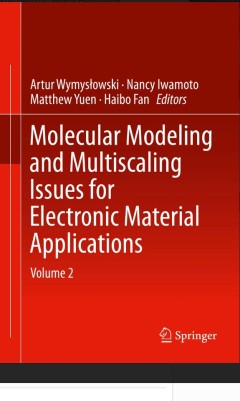
Molecular Modeling and Multiscaling Issues for Electronic Material Applications
This book offers readers a snapshot of the progression of molecular modeling in the electronics industry and how molecular modeling is currently being used to understand materials to solve relevant issues in this field. The reader is introduced to the evolving role of molecular modeling, especially seen from the perspective of the IEEE community and modeling in electronics. This book also cover…
- Edition
- 1
- ISBN/ISSN
- 978-3-319-12861-0
- Collation
- X, 194
- Series Title
- -
- Call Number
- -

Molecular Mechanisms of Cell Differentiation in Gonad Development
This book presents the current state of knowledge on the origin and differentiation of cell lines involved in the development of the vertebrate male and female gonads with particular emphasis on the mouse. It also discusses the processes leading to the testis- and ovary-specific structures and functions. The individual chapters review the origin and differentiation of the somatic cells of th…
- Edition
- 1
- ISBN/ISSN
- 978-3-319-31971-1
- Collation
- XII, 434
- Series Title
- Results and Problems in Cell Differentiation
- Call Number
- -
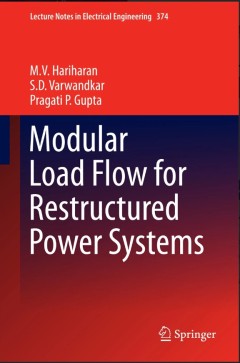
Modular Load Flow for Restructured Power Systems
Prof. M.V. Hariharan is Gold Medal awardee for his performance in B.Tech in the entire state of Madras (1954) and a UNESCO scholar (1959). He has been a popular faculty at IIT Bombay, Mumbai (1962 – 93) and is known for his down-to-earth teaching methods. He has been Visiting Professor at University of Manitoba, Canada (1987) and at University of Western Ontario London, Canada (1988). He was …
- Edition
- 1
- ISBN/ISSN
- 978-981-10-0496-4
- Collation
- XX
- Series Title
- Lecture Notes in Electrical Engineering
- Call Number
- -
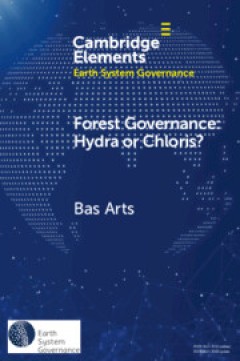
Forest Governance: Hydra or Chloris?
Many forest-related problems are considered relevant today. One might think of deforestation, illegal logging and biodiversity loss. Yet, many governance initiatives have been initiated to work on their solutions.
- Edition
- -
- ISBN/ISSN
- 9781108863551
- Collation
- -
- Series Title
- -
- Call Number
- 634.92 ART f
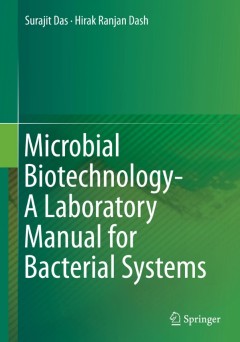
Microbial Biotechnology- A Laboratory Manual for Bacterial Systems
Microorganisms play an important role in the maintenance of the ecosystem structure and function. Bacteria constitute the major part of the microorganisms and possess tremendous potential in many important applications from environmental clean up to the drug discovery. Much advancement has been taken place in the field of research on bacterial systems. This book summarizes the experimental setu…
- Edition
- 1
- ISBN/ISSN
- 978-81-322-2094-7
- Collation
- XVI, 239
- Series Title
- -
- Call Number
- -
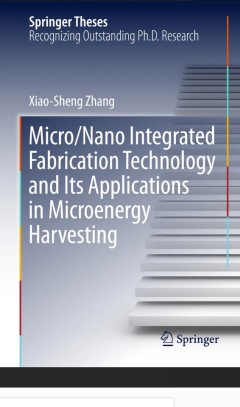
Micro/Nano Integrated Fabrication Technology and Its Applications in Microene…
This book presents a universal mass-production micro/nano integrated fabrication technology, which can be used to realize micro/nano hierarchical structures on Si-based materials and flexible polymeric materials. This fabrication technology has been systematically investigated by using experimental measurements, mechanism analyses, theoretical simulations and so on. Three common materials (i.e.…
- Edition
- 1
- ISBN/ISSN
- 978-3-662-48814-0
- Collation
- XX, 122
- Series Title
- Springer Theses
- Call Number
- -

Micro-Relay Technology for Energy-Efficient Integrated Circuits
This volume describes the design of relay-based circuit systems from device fabrication to circuit micro-architectures. This book is ideal for both device engineers as well as circuit system designers, and highlights the importance of co-design across design hierarchies when trying to optimize system performance (in this case, energy-efficiency). The book will also appeal to researchers and eng…
- Edition
- 1
- ISBN/ISSN
- 978-1-4939-2127-0
- Collation
- X, 183
- Series Title
- Microsystems and Nanosystems
- Call Number
- -
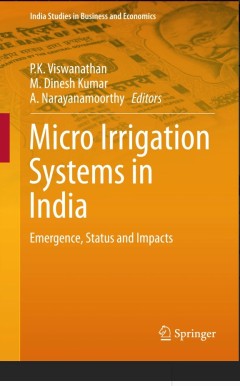
Micro Irrigation Systems in India
This book takes stock of micro irrigation systems (MIS), the technological intervention in India’s agricultural and water management sectors, over the past couple of decades. Based on empirical research from the major agriculturally dynamic states, viz., Gujarat, Rajasthan, Maharashtra, Tamil Nadu, Andhra Pradesh and Karnataka, the book provides a nuanced understanding and objective assessmen…
- Edition
- 1
- ISBN/ISSN
- 978-981-10-0346-2
- Collation
- XIV, 178
- Series Title
- India Studies in Business and Economics
- Call Number
- -
 Computer Science, Information & General Works
Computer Science, Information & General Works  Philosophy & Psychology
Philosophy & Psychology  Religion
Religion  Social Sciences
Social Sciences  Language
Language  Pure Science
Pure Science  Applied Sciences
Applied Sciences  Art & Recreation
Art & Recreation  Literature
Literature  History & Geography
History & Geography